The original images are re-contextualised within a new stratigraphy ... that allude[s] less to a photographed reality and more to a pictorial one. 1000 Words #15
The Reside Residency has provided a conceptual framework within which to review my practice, an opportunity to consider the themes, images and processes that have been important in my work over recent years. Collage in particular, whether with paper or projections, as a process of working out, a process of discovery – and which, of course, relates to montage and my fascination as an animator with layers, with units and their sequencing, with intervals and spaces between. This text from 1000 Words Photography Magazine describes the layers and fissures in Melinda Gibson's works as geological strata – condensed narratives, partially unfolding...
While I haven't been able to make much work since T. was born, I have had plenty of time to daydream. Spending my days at home I've become acutely aware of the impact my immediate (architectural) surroundings have on my thinking, feeling and making. The 1950s council estate – with its post-Festival of Britain optimism, its communality and sense of shared social space, its generous daylighting and use of glass, its hive-like plan and Modern geometry... My blog has provided a repository for these thoughts and occasion to share them.
Importantly, the residency has allowed me to keep hold of my practice and the 'other' (non-domestic) part of my self, to keep these selves joined up and in parallel momentum, to retain a sense of normalcy in what has been probably the most extraordinary six months of my life.
This will be my last post before I pass the baton to the next artist, Bridget Jackson, who is about to embark on a journey of self-reflection, experimentation and play, taking time out to reconsider her artistic practice and imagine possibilities for the future. Rather than being rooted to her home, Bridget is uprooting – her residential space will be transitory, and begins in Berlin...
In many ways my time with Reside has passed in a flash but when I read back over my posts, and remember my Super 8 shoot at London Zoo, or Keith Coventry’s talk on estate plans they feel like a lifetime ago. T. is now 11 weeks old and in wonderful Bachelardian moments I can observe his responses to some of the phenomena I have been writing about – his sensitivity to thresholds for example, when moving from one room or environment to another, particularly from inside to outside; and he is completely spellbound by those flickering shadows...
So thank you again Anthony – and everyone who has read, commented and offered feedback on my blog – for helping me keep things flowing. And welcome Bridget.

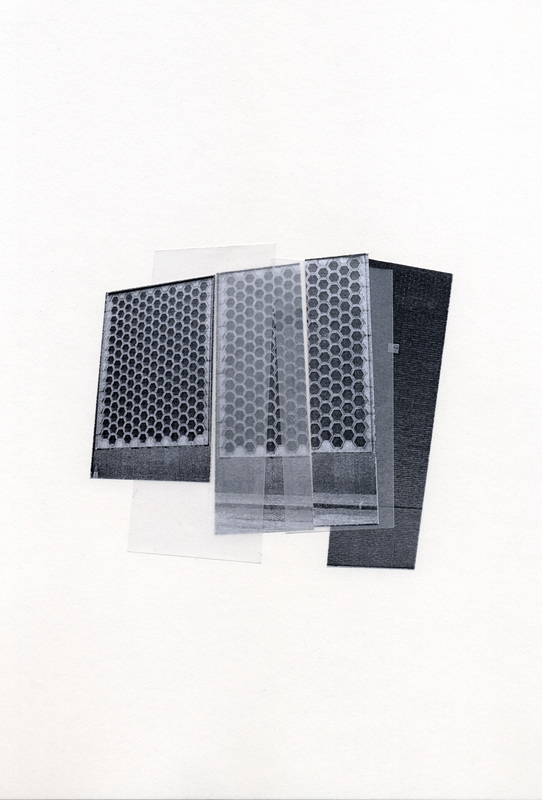
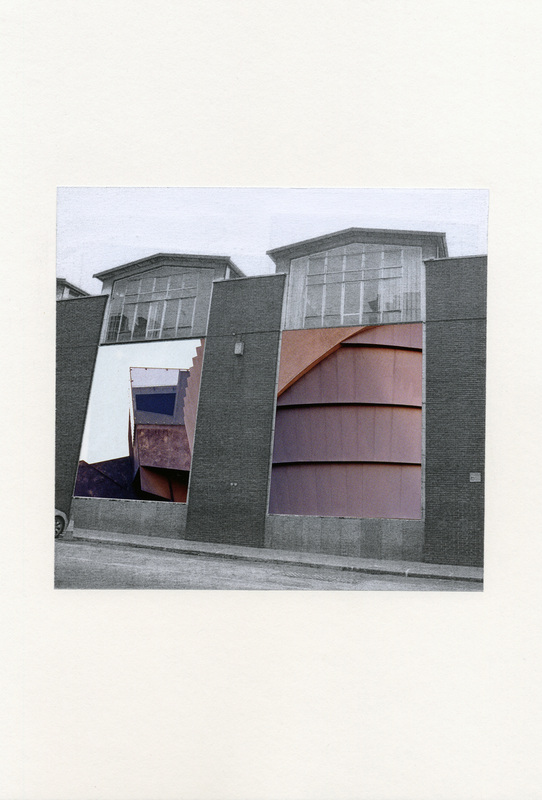
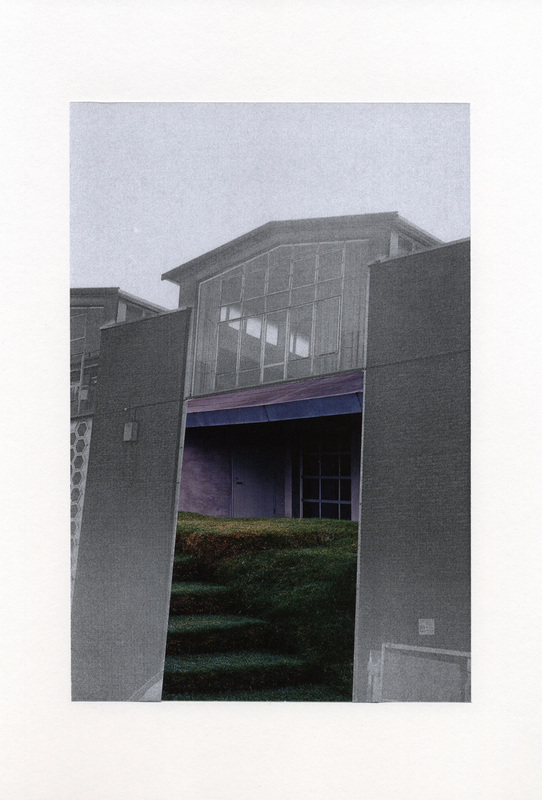
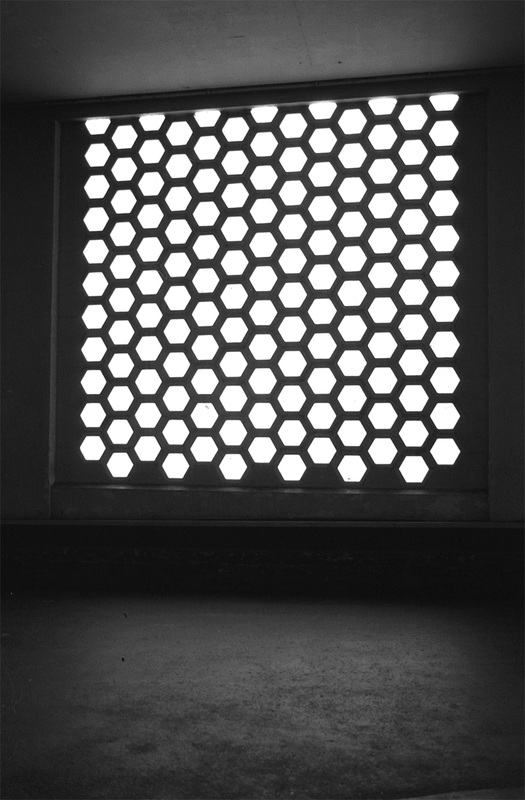
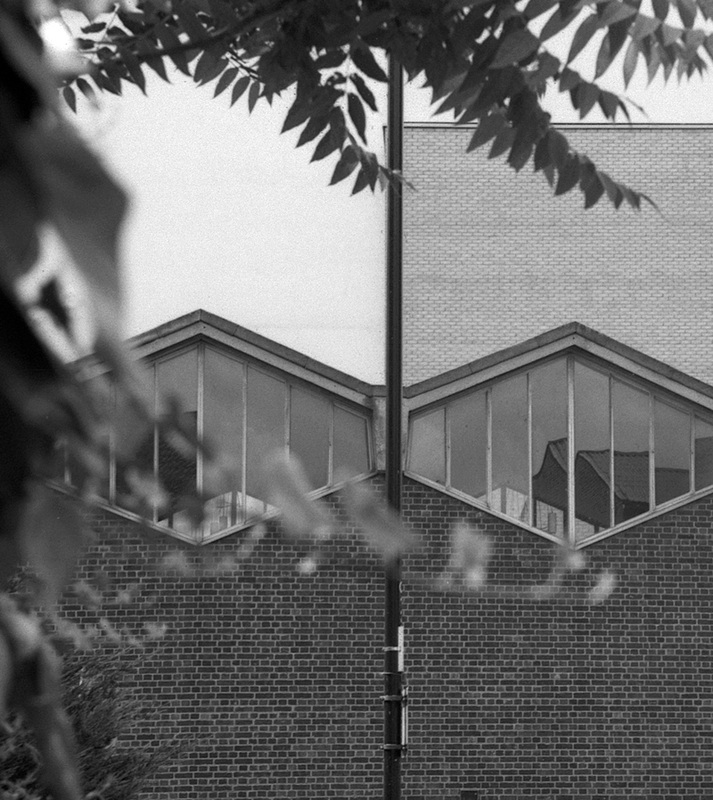
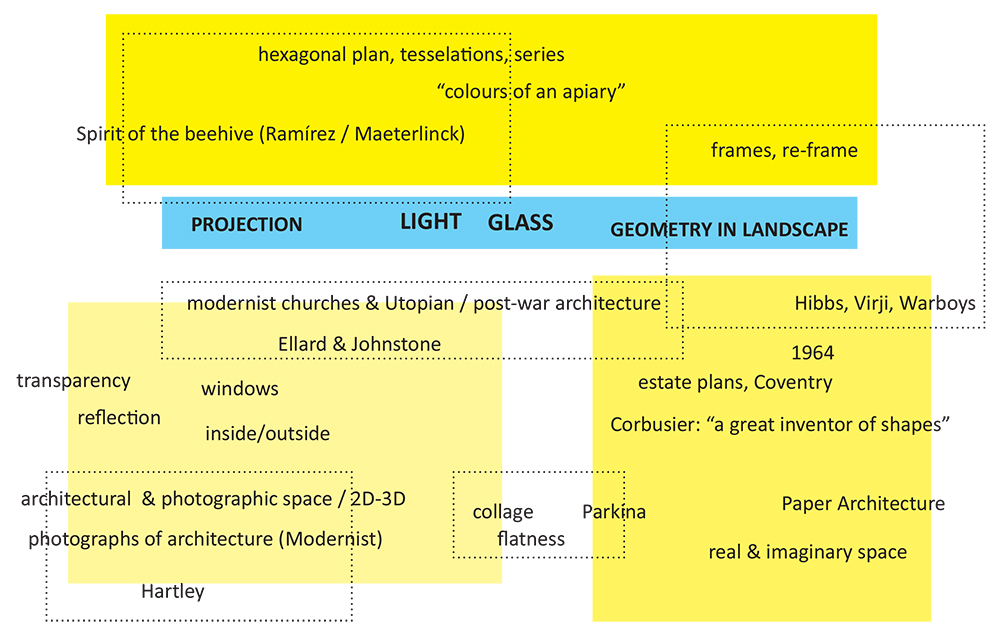
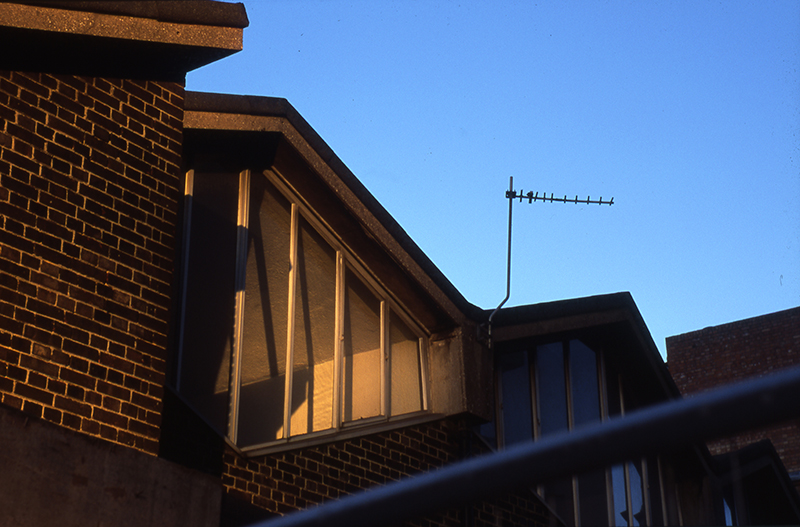
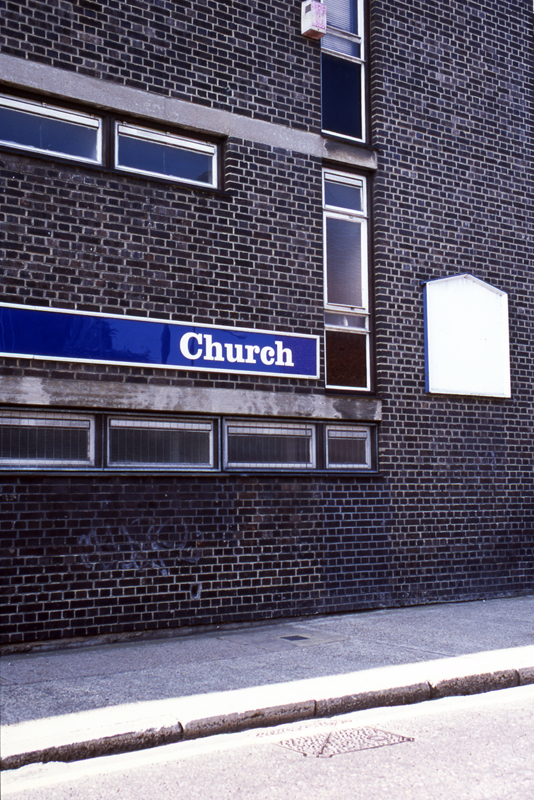
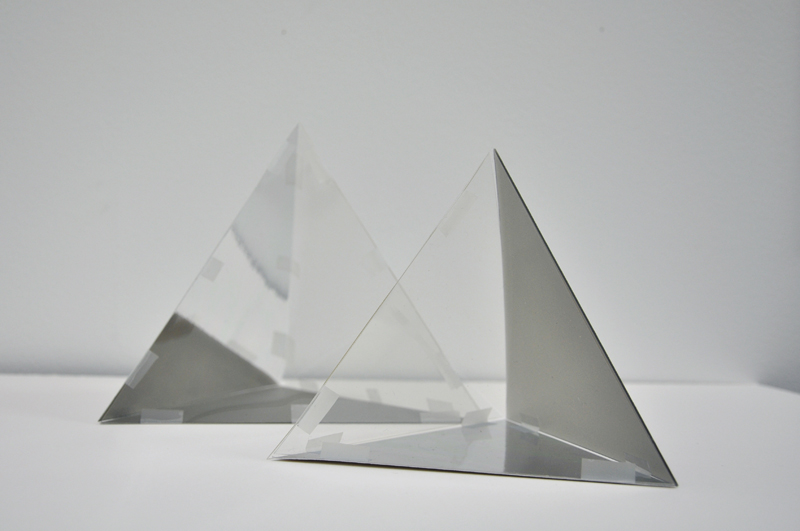
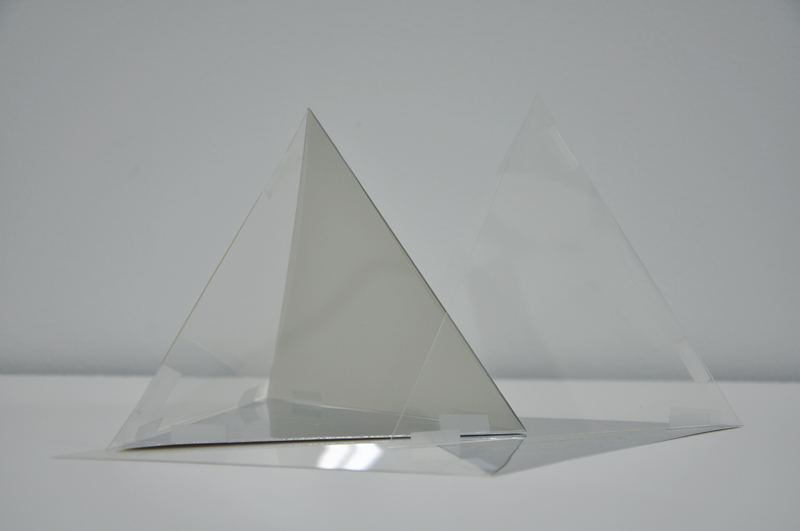
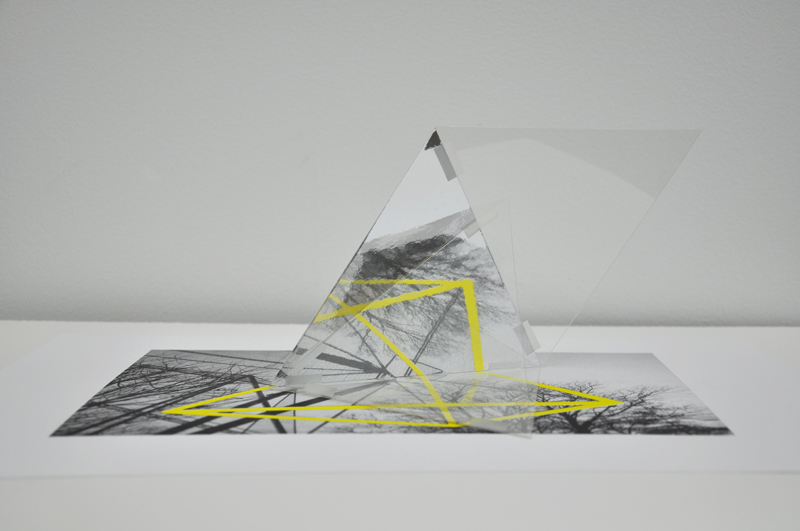
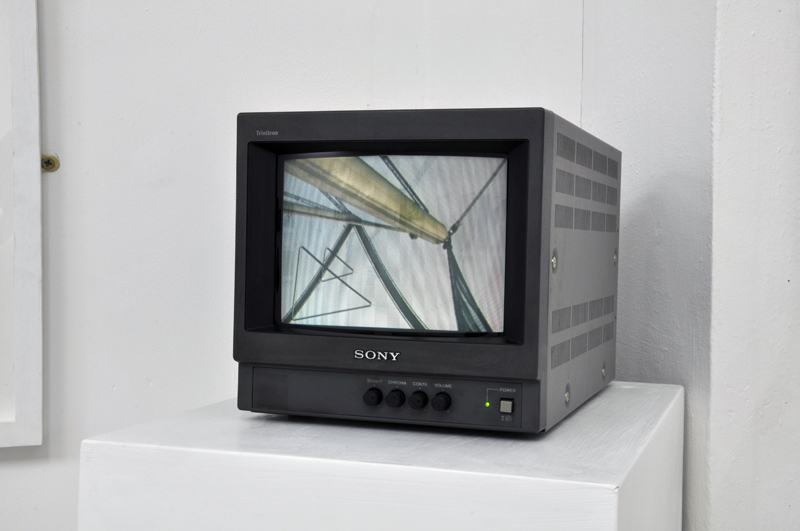
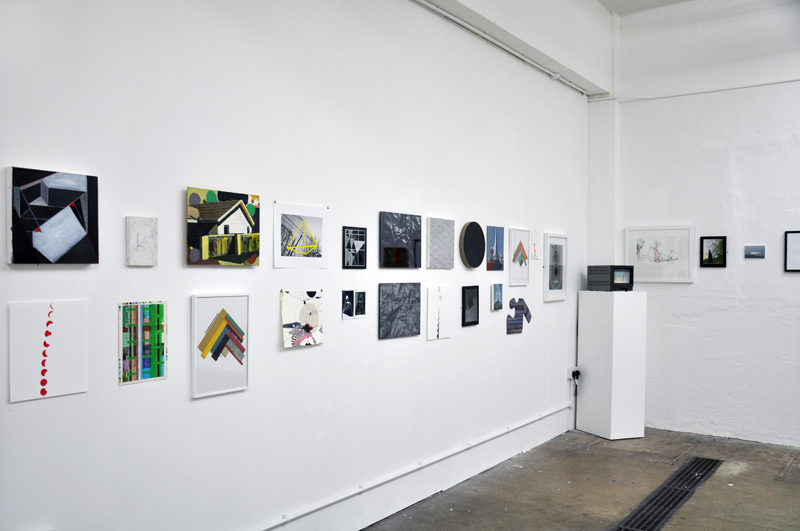
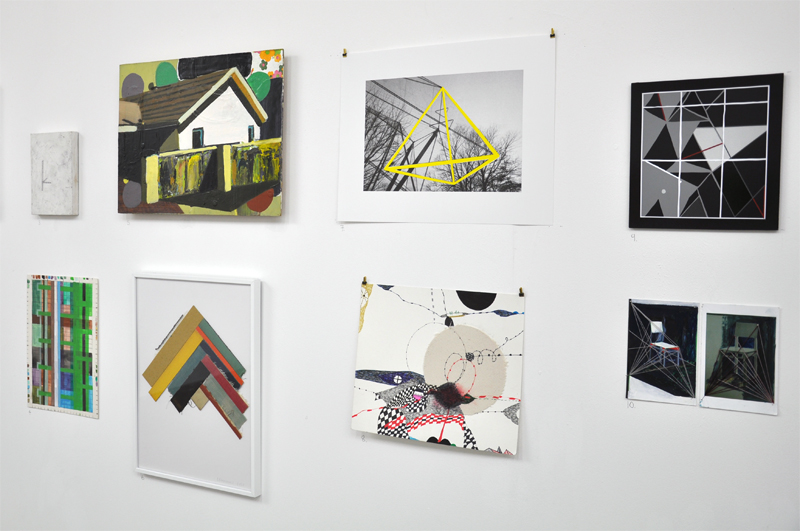
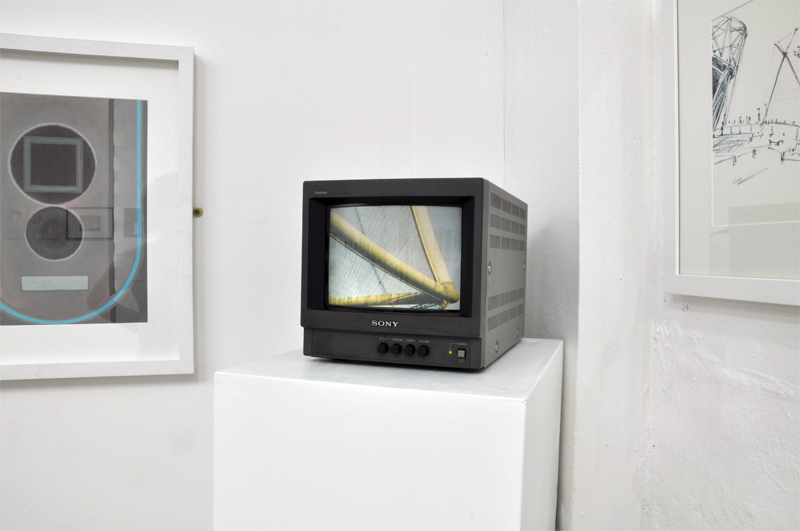
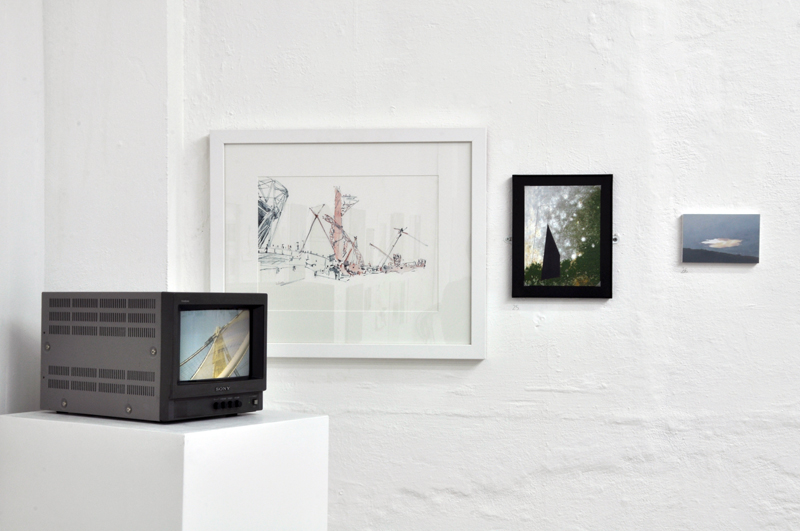

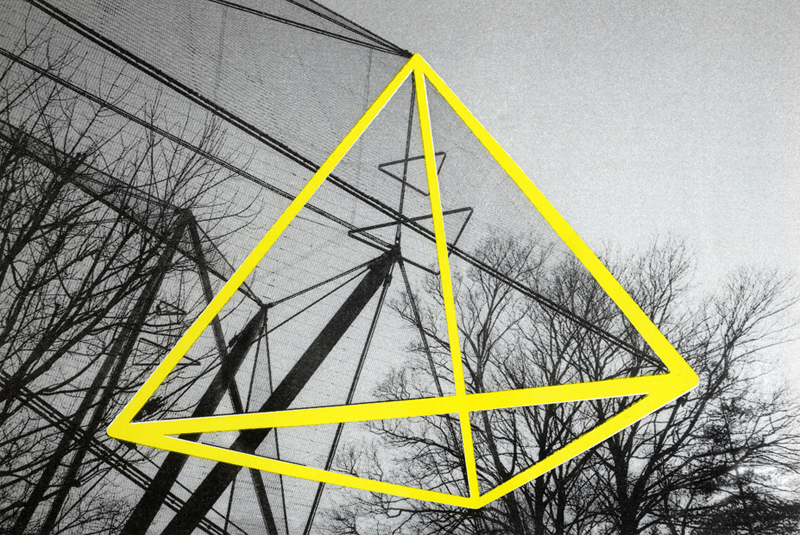
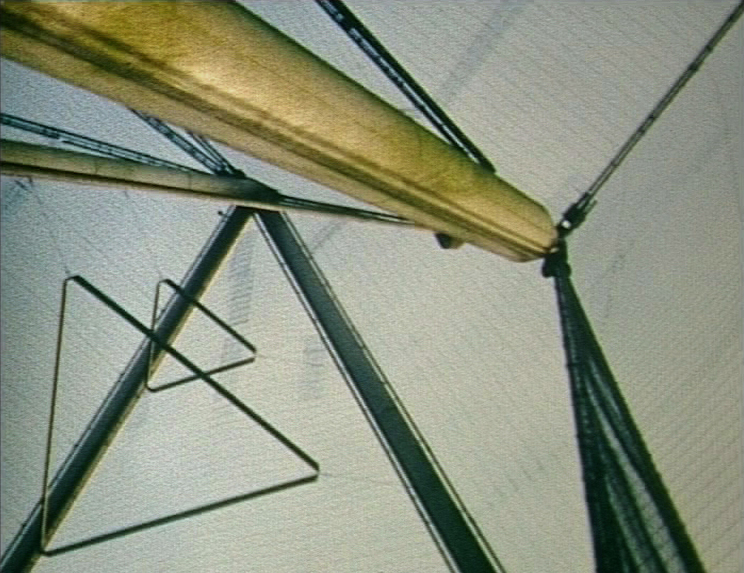

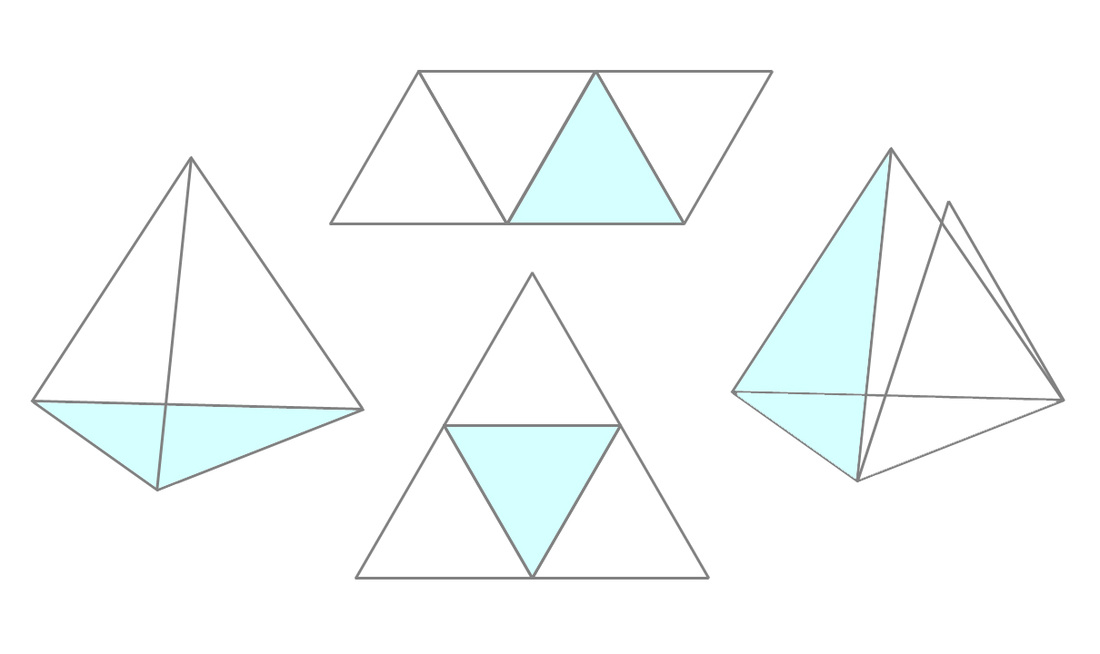
 RSS Feed
RSS Feed
